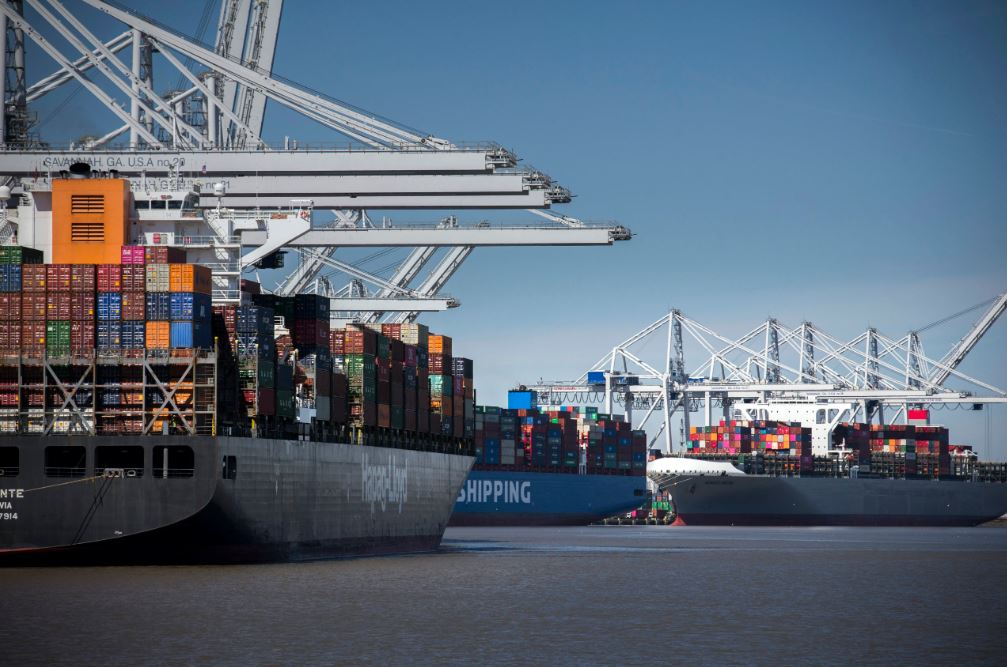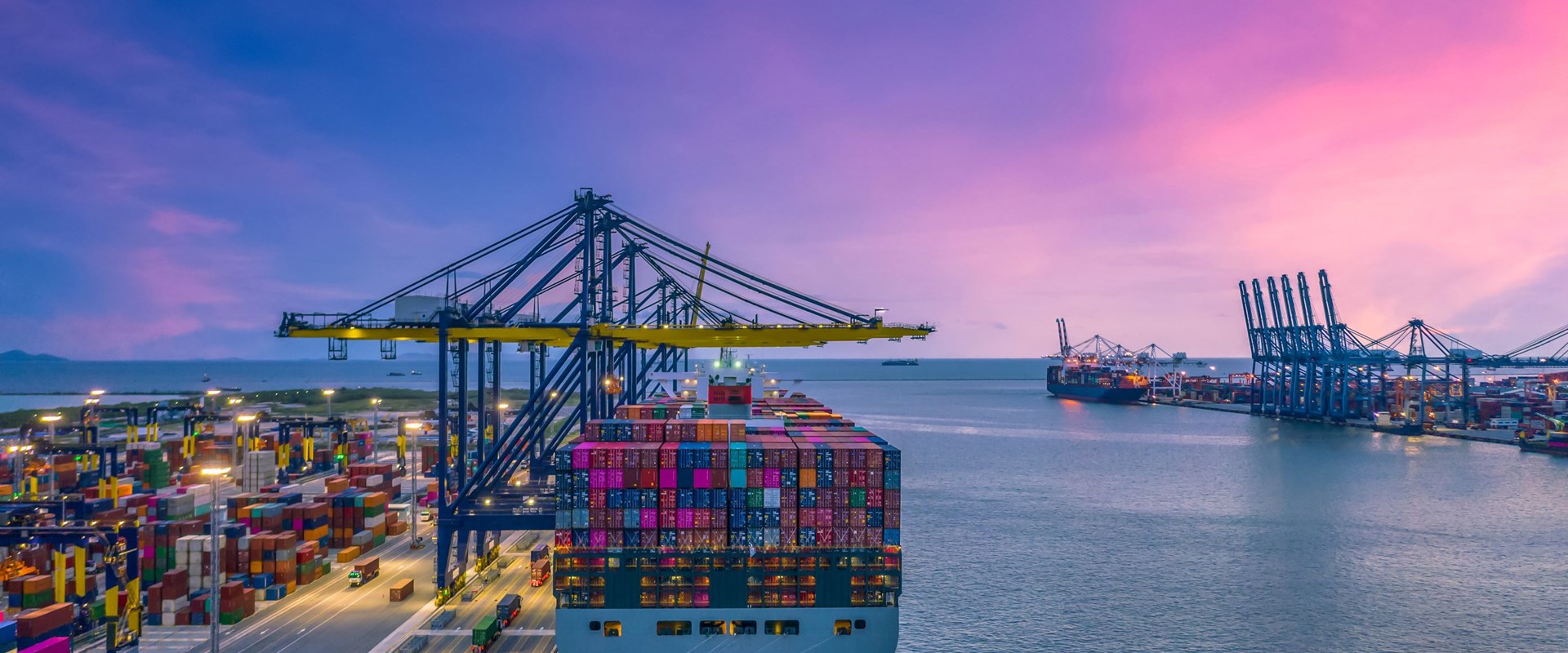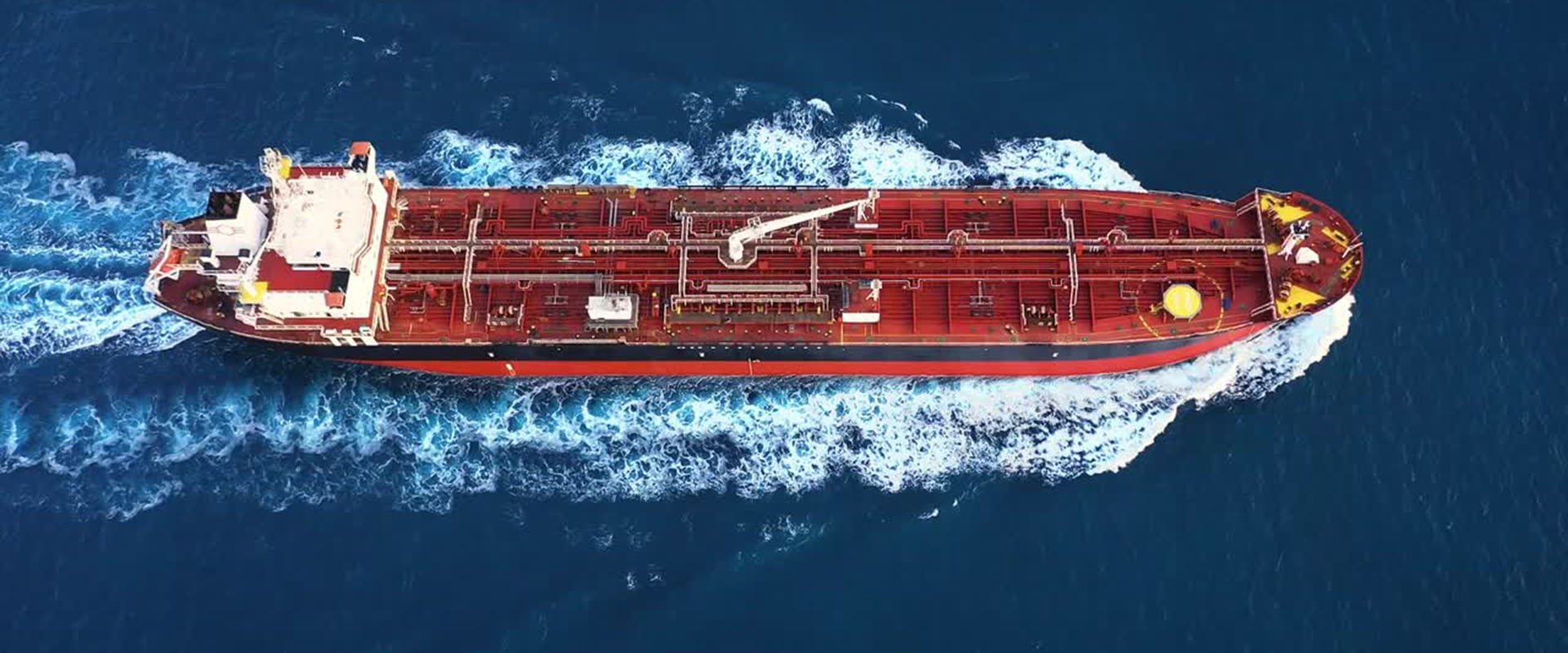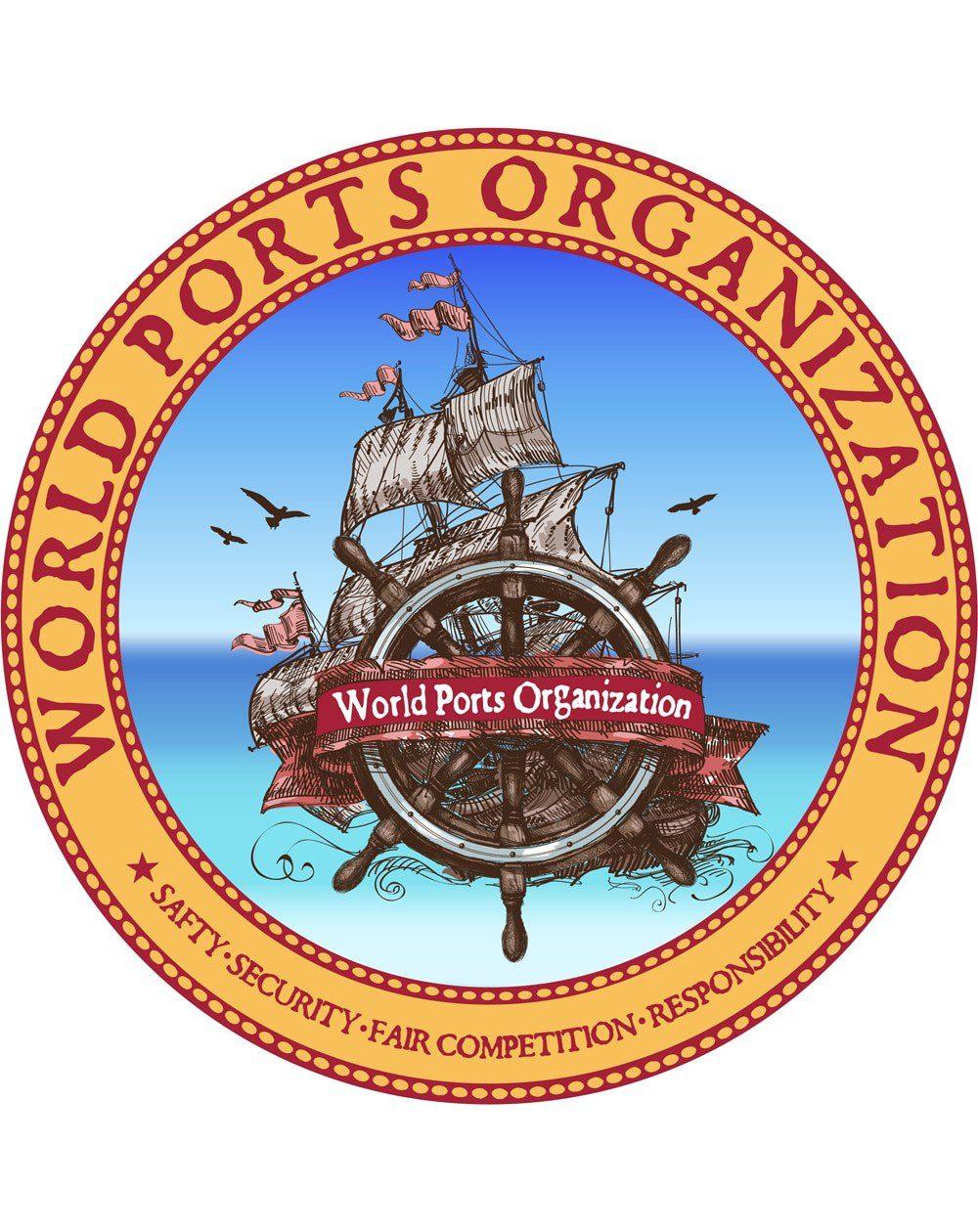Scandlines highlights the future-proof technology being used on its zero-emissions ferry
Scandlines is closer than ever to its goal of zero emissions as its new ferry Futura goes through its finishing touches. After a period at the shipyard’s outfitting quay with tests of the ship’s auxiliary systems and a successful inclining test, Scandlines’ zero direct emissions ferry has been on the first of two sea trials in the Sea of Mamara in Turkey, where the sea acceptance tests were completed.
During the sea trial, the Cemre shipyard tested the ship’s systems under load in co-operation with Scandlines and under the supervision of Lloyd’s Register.
“During the 10-day sea trial, the ship’s batteries and electrical installations were tested. We also got to see the propulsion system in operation for the first time,” explains Scandlines vice president, fleet and administration, Rasmus Nielsen.
Back at the outfitting quay, the remaining systems and equipment were commissioned to test, verify and document that the ship fulfils the specified requirements.
Commissioning is a seal of approval that the ship is complete and ready to sail, and the crew is trained to operate and maintain the ship.
Testing the ship’s equipment, identifying and resolving any issues, and ensuring the crew is trained is an extensive process.
The crew has already had its first introduction to the ship in Rødbyhavn in Denmark and has been training at the shipyard where safety procedures were thoroughly reviewed.
Once the ship has been commissioned, it will be handed over to Scandlines ready to go to Rødbyhavn with its future crew at the helm. Stops are planned in Gibraltar on the south coast of the Iberian Peninsula and in Brest on the west coast of France.
Built at the Turkish shipyard Cemre, with the world’s largest lithium-ion battery bank to date at 10 MWh, the ferry is designed to be operated completely emissions free.
When deployed on the Fehmarnbelt later this year, the ferry will sail emissions free with a crossing time of 70 minutes and a charging time in the port of Rødbyhavn, Denmark, of just 16 minutes.
Behind the batteries
In 2019, Scandlines invested in a 25-MW power cable to Rødbyhavn. This was extended approximately 1.2 km to the new transformer between ferry berth 2 and 3 in Rødbyhavn. Norwegian Electric Systems supplied and installed the transformer, control and switchgear equipment, and charging station for the new ferry.
The 8.6-m ferry charger tower, developed by the German company Stemmann-Technik, has now been installed on the quayside at ferry berth 3 in Rødbyhavn.
Mr Nielsen comments, “The system stores the latest position of the ferry, so only minor adjustments to the position of the charging pantograph will be required for each ferry call. The ferry charging system can compensate for changes in the water level and ferry movements. As the ferry approaches the berth, the charging station is activated, the tower gate opens automatically, and the charging plate extends.”
He explains once the ferry has moored in the berth, the charging pantograph connects to the onboard unit within 15 seconds and starts charging the batteries. After charging, the tower gate rolls down again to protect the components from external influences.
As the ferry will also be able to operate as a hybrid ferry, three MTU gensets have been installed. As a hybrid ferry, the crossing time is 45 minutes. Thus, the ferry can also be used as a backup ferry if one the four double-ended ferries currently operating the Puttgarden-Rødby route is in the yard.
Towards the end of 2025, Scandlines will also have a 15-MW power cable, transformer and ferry charger tower installed in the port of Puttgarden, Germany, enabling the ferry to charge in both ports and maintain a crossing time of just 45 minutes without direct emissions.






